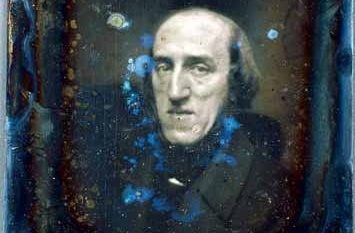A Brussels-born physicist credited with creating some of the first animated visuals, thereby paving the way for modern cinema, was honoured by Google's doodle on Monday.
The global search engine's homepage dedicated its famous doodle to Belgian physicist and mathematician Joseph Plateau, honouring him for his invention of the phenakistiscope.
Made up of two counter-rotating disks with drawn-on images, Plateau's device was one of the first tools capable of displaying an image in a fluid sequence of motion playing in a loop.
"Today, we cannot imagine a world without film or images," Michiel Sallaets, a communications officer with Google Belgium told RTBF. "We are thus particularly pleased to honour the Belgian at the heart of all this."
https://www.youtube.com/watch?time_continue=53&v=UqwkdlwmHig
Invented in 1832, Plateau's phenakistiscope gained rapid popularity and, since it was not patented by his inventor, soon replicated worldwide, paving the way for the development of similar devices and eventually leading to the development of modern cinema.
Born in Brussels in 1801, Plateau studied at the University of Liège and, although his work spanned across physics and mathematics, he had a particular interest in optics.
One of Plateau's phenakistiscope is currently stored in a collection dedicated to the artist in the university of Ghent, the city where Plateau died at age 81.
Gabriela Galindo
The Brussels Times

